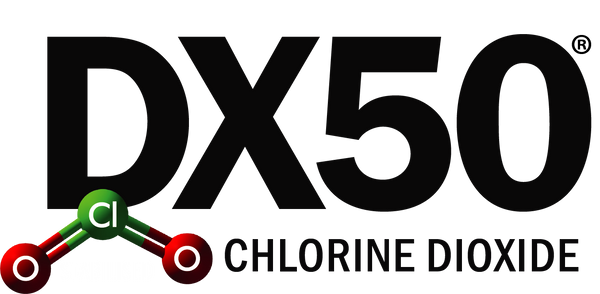Fast delivery of product but hate begging for reviews multiple times. Stop it.
Hi Blair,
Thank you for your feedback — we’re glad to hear you were happy with the fast delivery.
We truly appreciate reviews, as they help other customers make informed decisions, but we understand that multiple follow-up emails can be frustrating. Please know that we only send a maximum of two review requests, spaced out intentionally to be respectful of your time. That said, your input is noted, and we're always looking to improve how and when we communicate.
Thanks again for taking the time to share your experience.
Kind regards, the team at DX50 Chlorine Dioxide
Does a great job
Hi Leslee,
Thank you so much for your kind feedback! We're really pleased to hear you had a positive experience — it means a lot to us.
If you ever have any questions or need support in the future, don't hesitate to reach out. We’re always here to help.
Thanks again for taking the time to leave a review!
Warm regards, the team at DX50 Chlorine Dioxide
Amazing products... they really work well. I have tried most of the products and allof them have worked well, also fast delivery.. would highly recommend.
Hi Annette,
Thank you so much for your lovely feedback! We're thrilled to hear you had a great experience and really appreciate you taking the time to share it.
Customer satisfaction is what we aim for, so it's always rewarding to know we're on the right track. If there's anything we can assist with in the future, we're just a message away.
Warm regards, the team at DX50 Chlorine Dioxide
Thank you, I placed my order, and received it a few days later without any problems, and the communication was good. 👍
Hi Pawel,
Thanks so much for your kind words — we truly appreciate your support! It's great to hear that you had a positive experience, and we’re so glad we could meet your expectations.
We’re always here if you need anything in the future.
All the best, the team at DX50 Chlorine Dioxide
Simple and easy to use, good peace of mind. Fast delivery. Thank you
Hi Kieran,
Thank you for your wonderful feedback! We're so glad to hear you were happy with your experience. It really means a lot to us when customers take the time to share their thoughts.
If we can help with anything else down the track, don't hesitate to get in touch.
Best regards, the team at DX50 Chlorine Dioxide
Very easy to use with clear instructions.
Hi Glenda,
Thank you for your excellent feedback! We’re thrilled to hear you found the kit easy to use and the instructions clear.
If you ever need any assistance or have questions, we’re here to help.
Best regards, the team at DX50 Chlorine Dioxide
